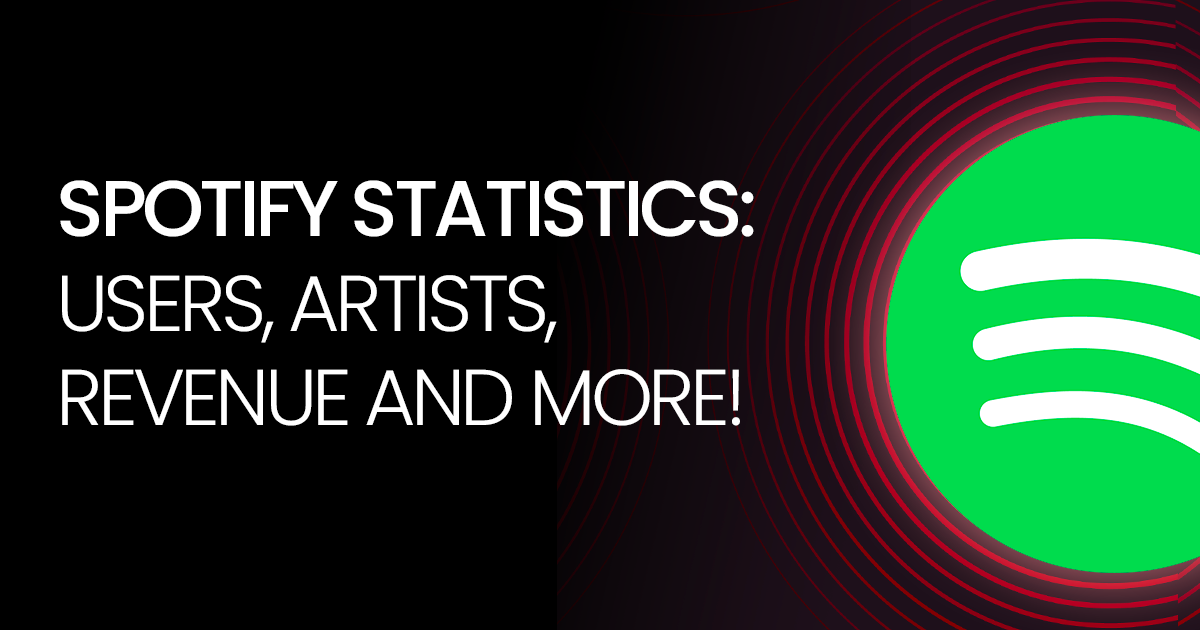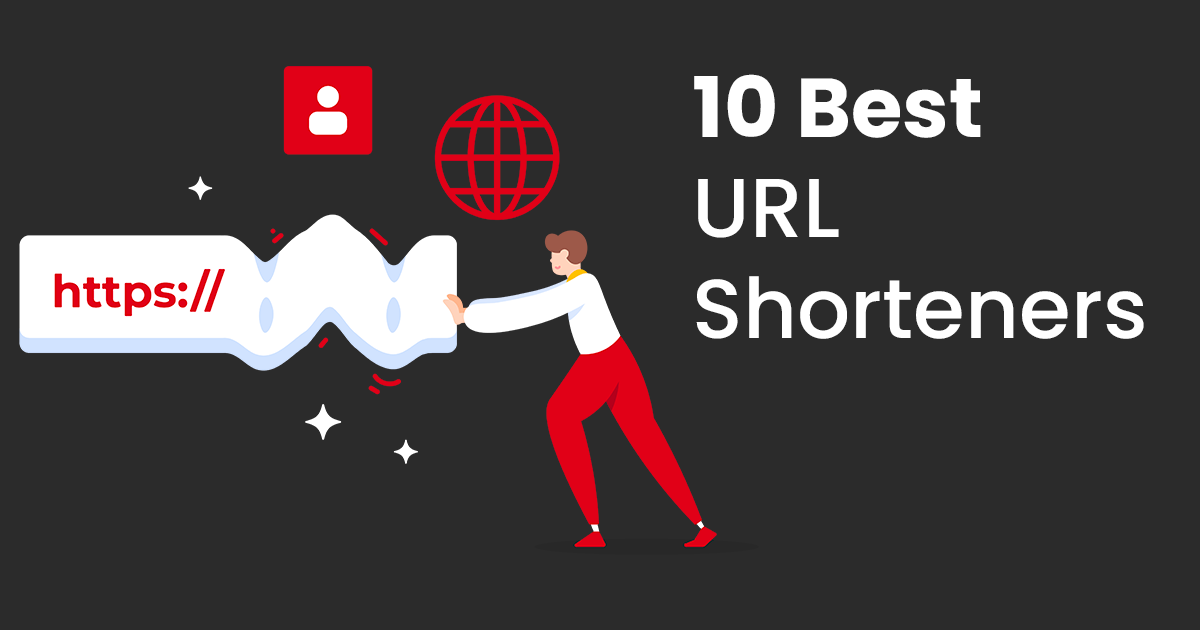Introduction:
In the digital landscape, data-driven decision-making is key to optimizing strategies and maximizing results. But what about shortened links? Can you access valuable analytics and statistics to understand the performance of your shortened URLs? In this blog, we will explore the analytics and statistics available for shortened links and how they can empower you to gain insights, measure engagement, and refine your marketing efforts.
Click Tracking:
URL shorteners typically provide click-tracking capabilities, allowing you to monitor the number of clicks your shortened links receive. This fundamental metric provides an overview of link engagement and helps you assess the reach and effectiveness of your marketing campaigns. By analyzing click data, you can identify trends, gauge the success of different channels or campaigns, and make data-driven decisions to optimize your strategies.
Geographic Data:
Understanding the geographical distribution of your link clicks can offer valuable insights into your audience reach and target market. URL shorteners often provide geographic data, enabling you to see where your link clicks originate from. This information allows you to tailor your content, campaigns, and localization efforts to specific regions, maximizing relevance and engagement. It helps you identify areas of opportunity and make informed decisions about targeting and expansion.
Referral Sources:
Analyzing referral sources helps you identify the platforms, websites, or social media networks that are driving traffic to your shortened links. URL shorteners provide insights into the sources from which users click on your links, enabling you to measure the impact of different marketing channels and partnerships. By understanding your top referral sources, you can optimize your marketing efforts, invest in high-performing platforms, and forge strategic collaborations for increased exposure.
Device and Browser Data:
URL shorteners often capture data on the devices and browsers used by visitors who interact with your shortened links. This information helps you understand the technology preferences of your audience and optimize your content and user experience accordingly. By analyzing device and browser data, you can ensure that your website or landing page is optimized for the devices and browsers most commonly used by your audience, leading to improved engagement and conversions.
Conversion Tracking:
Advanced URL shorteners may offer conversion tracking capabilities, enabling you to track specific actions or goals completed by users who click on your shortened links. Whether it’s a purchase, form submission, or newsletter sign-up, conversion tracking allows you to measure the effectiveness of your call-to-action and evaluate the success of your campaigns. By tracking conversions, you can optimize your marketing strategies, refine your messaging, and drive desired outcomes.
Conclusion:
Analytics and statistics play a vital role in evaluating the performance and effectiveness of shortened links. From click tracking to geographic data, referral sources, device and browser insights, and conversion tracking, URL shorteners offer a wealth of information to inform your marketing decisions. By harnessing these analytics, you can understand your audience, measure engagement, optimize your strategies, and drive better results. Embrace the power of analytics for your shortened links and unlock a world of insights to elevate your marketing endeavors.



